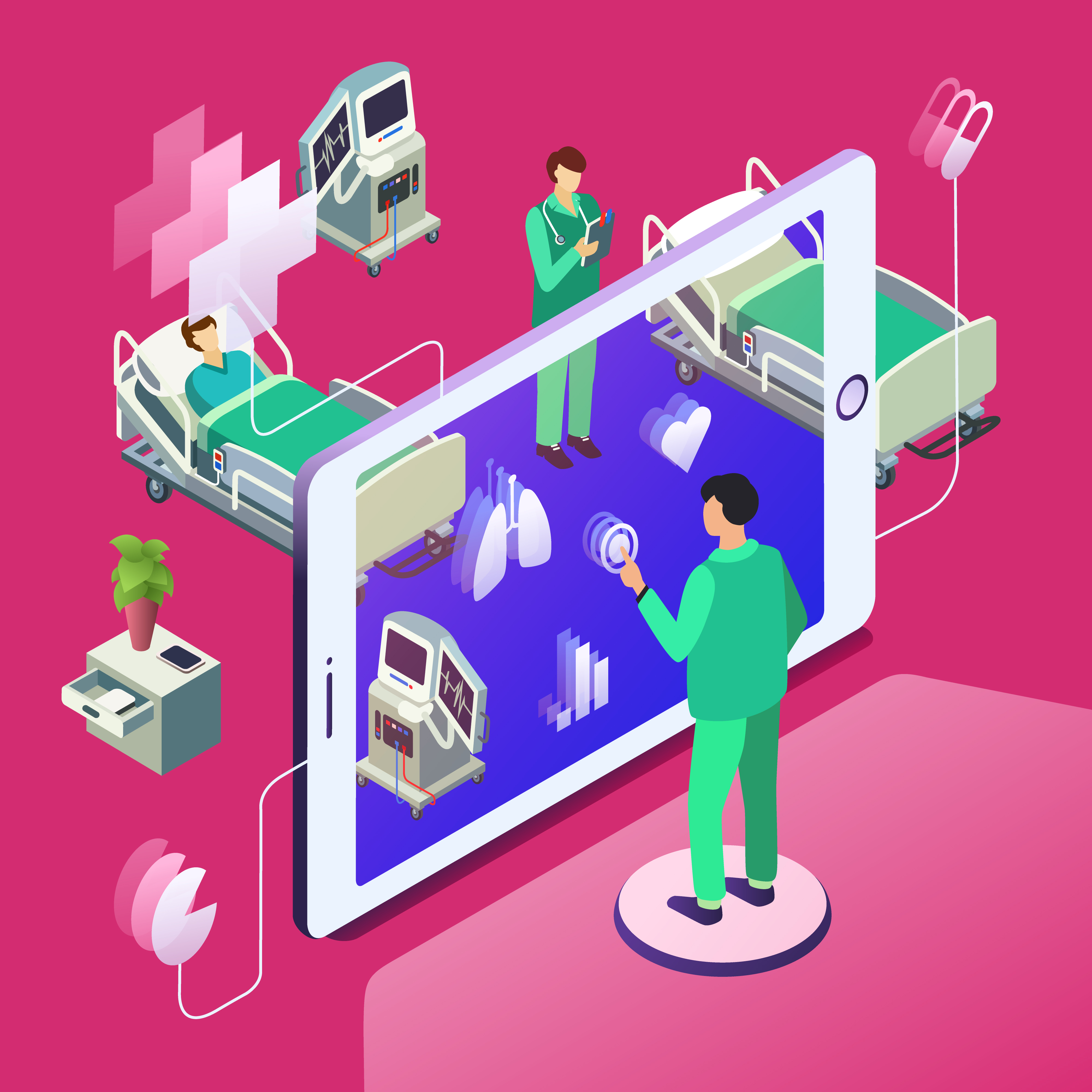Home health agencies can now report the costs of Remote Patient Monitoring (RPM) services to Medicare for Reimbursement. The latest…
Author: Sanjay Patil

CMS launches Data Element Library to support Interoperability
The Centers for Medicare and Medicaid Services (CMS) has unveiled the Data Element Library (DEL), which is a centralized resource…

ONC’s proposed rule to improve the Interoperability of Electronic Health Information
The Office of the National Coordinator (ONC) for Health Information Technology has proposed a rule to put into practice the key provisions in the 21st Century Cures Act. The proposed rule breaks down the existing barriers to important data exchange needed to empower patients by giving them access to their own health care. This whitepaper talks about the scope and impact that the proposed rule aims for.

TEFCA- An initiative by the US Government to streamline data exchange
The Trusted Exchange Framework and Common Agreement has been initiated by the US Government to streamline data exchange by building a network of Health Information Networks under the management of ONCHIT. The common agreement may include a common method for authenticating trusted health information network participants and a common set of rules for trusted exchange. There are a basic set of principles and terms and conditions proposed in TEFCA to mitigate the challenges faced in data exchange.

Outcome of 2019 Final Rule for Therapists
The Centers for Medicare and Medicaid Services released the Final Rule of the 2019 Medicare physician fee schedule (MPFS). It mainly includes adding physical and occupational therapists as eligible clinicians for 2019 MIPS performance year.

A sketch on Opioid Crisis and Ways to Tackle
Headlines on opioid epidemic are engrossing the United States. There are tremendous impacts of opioid overdosage across the care continuum…

BlueButton 2.0 Use Cases in Healthcare Ecosystem
Blue Button 2.0 is creating a data-centric ecosystem for Medicare beneficiaries. By facilitating access to patient health history, it has the potential to drive down Medicare spending and improve health outcomes.
